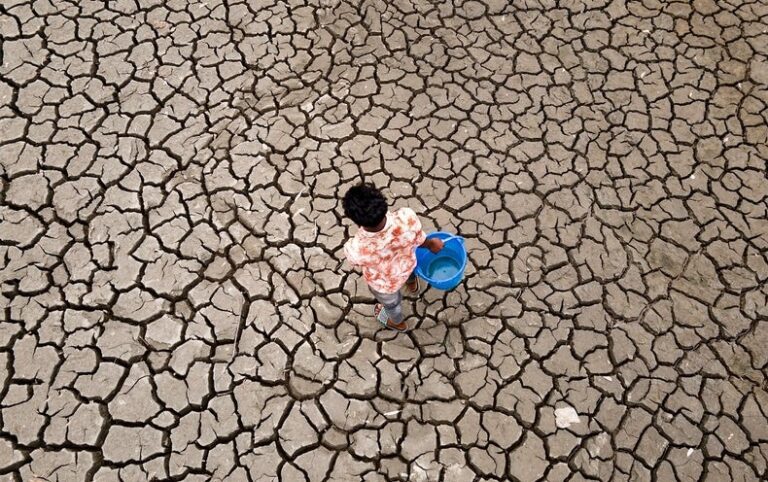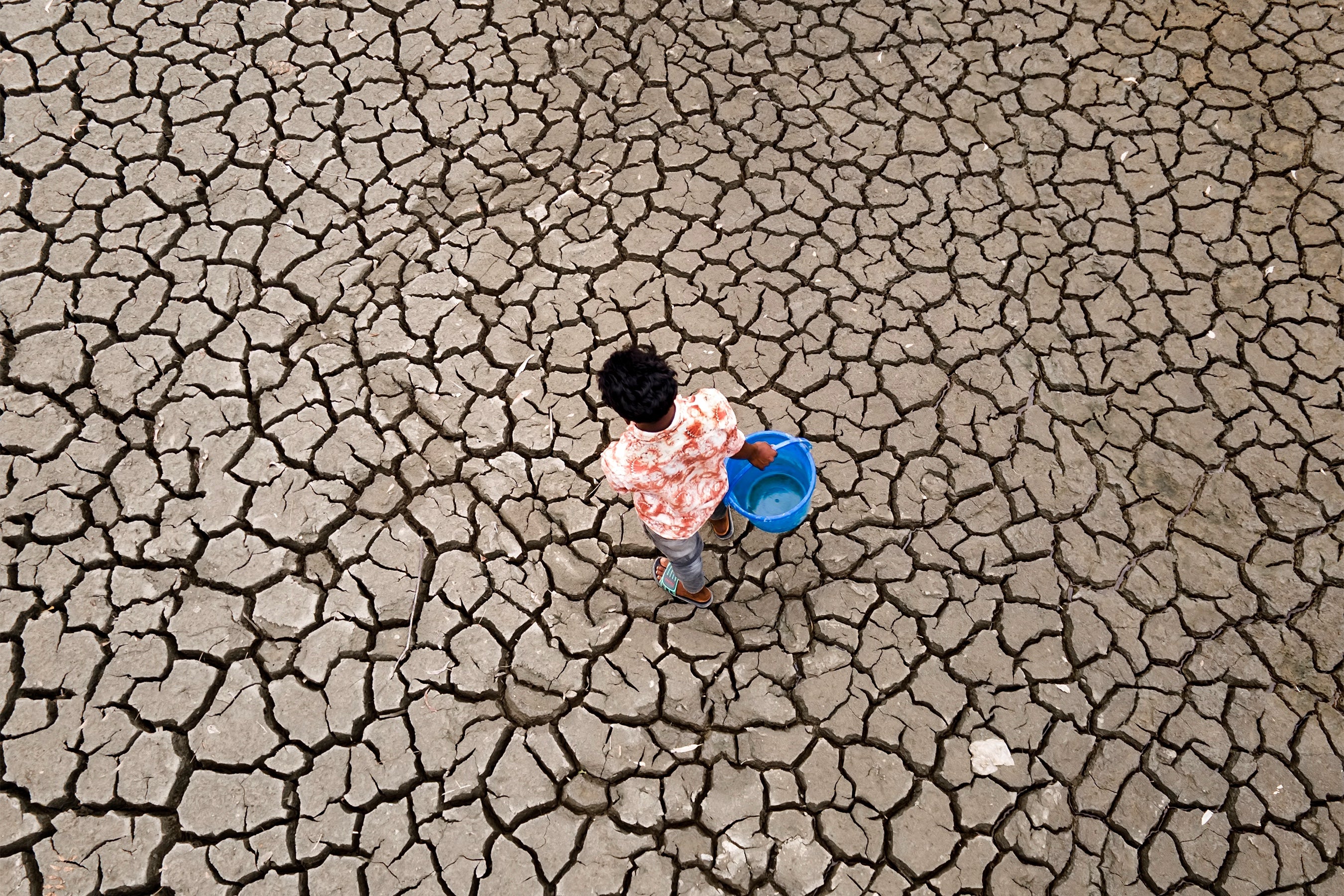
[ad_1]

CLIMATEWIRE | Climate adaptation funding is faltering as the dangers of rising temperatures accelerate, leaving cash-strapped nations increasingly exposed to higher seas and intensifying storms and drought.
Countries need between $215 billion and $387 billion a year this decade to prepare for the increasingly severe impacts of global warming, according to an annual U.N. report that tracks the most recent data for adaptation funding. That’s up to 18 times more in financing than is currently provided through international aid budgets.
Despite promises by rich nations to provide roughly $40 billion a year for adaptation projects in developing countries by 2025, the amount of money available in 2021 fell by 15 percent to $21 billion, the report states.
The gap between adaptation needs and actual funding has never been bigger, raising concern that poor countries with few defenses could see growing damages.
“In 2023, climate change yet again became more disruptive and deadly: temperature records toppled, while storms, floods, heatwaves and wildfires caused devastation,” Inger Andersen, executive director of the U.N. Environment Programme, wrote in a forward to the report. “These intensifying impacts tell us that the world must urgently cut greenhouse gas emissions and increase adaptation efforts to protect vulnerable populations. Neither is happening.”
The report came weeks before global climate talks begin in the United Arab Emirates and coincided with fraught discussions over a fund for climate aid to help developing nations cope with the inevitable fallout from rising temperatures.
The U.N. report says that fund is necessary — and will need a wide range of donors and sources to meet the challenges ahead.
Investing in adaptation can help, but the demand for adaptation finance is far outpacing the supply.
Even a doubling of current adaptation funding wouldn’t come close to closing the adaptation aid gap — defined as the difference between adaptation needs and actual financing — which now ranges between $194 billion and $366 billion annually, according to the report.
That vacuum will influence the pace and scale with which adaptation projects are rolled out, say experts. Efforts to shore up infrastructure against climate extremes, protect coastlines and rivers against floods, and implement early warning systems can cost tens of billions of dollars annually, the report said.
The widening finance gap “indicates a deepening climate crisis and will mean increased loss and damage,” the report states, referring to unavoidable impacts to culture, property and communities. It also says the differences between adaptation and loss and damage will need to be clarified as climate impacts grow.
Pieter Pauw, who works on climate finance at the Eindhoven University of Technology in the Netherlands and is an author of the report, called it a wake-up call for negotiators at the upcoming climate talks in Dubai, UAE.
“We express that most clearly, I think, in financial terms, but in a way that’s only a proxy for how much adaptation do we do and how much should we do,” he said. “We’re way behind on adaptation, which means higher risks, more losses, more damages. And we’re way behind in terms of financing, and financing is key for trust in the process, and financing is key for developing countries to stay on board in this whole negotiation.”
A study cited in the report noted that the cost of loss and damage reached more than $500 billion over the last two decades in the most climate vulnerable countries.
Those costs can be reduced through adaptation efforts. For example, every $1 billion invested in responding to coastal flooding could reduce damages by $14 billion, the report states.
It also offers several recommendations for how to close the finance gap, including reforms to multilateral development banks to increase lending and ease countries’ debt burdens.
But funding will continue to rely on government allocations and private-sector contributions — even though both face challenges due to strained budgets and a lack of corporate appetite for adaptation investing, which tends to have low rates of return.
Reprinted from E&E News with permission from POLITICO, LLC. Copyright 2023. E&E News provides essential news for energy and environment professionals.
[ad_2]